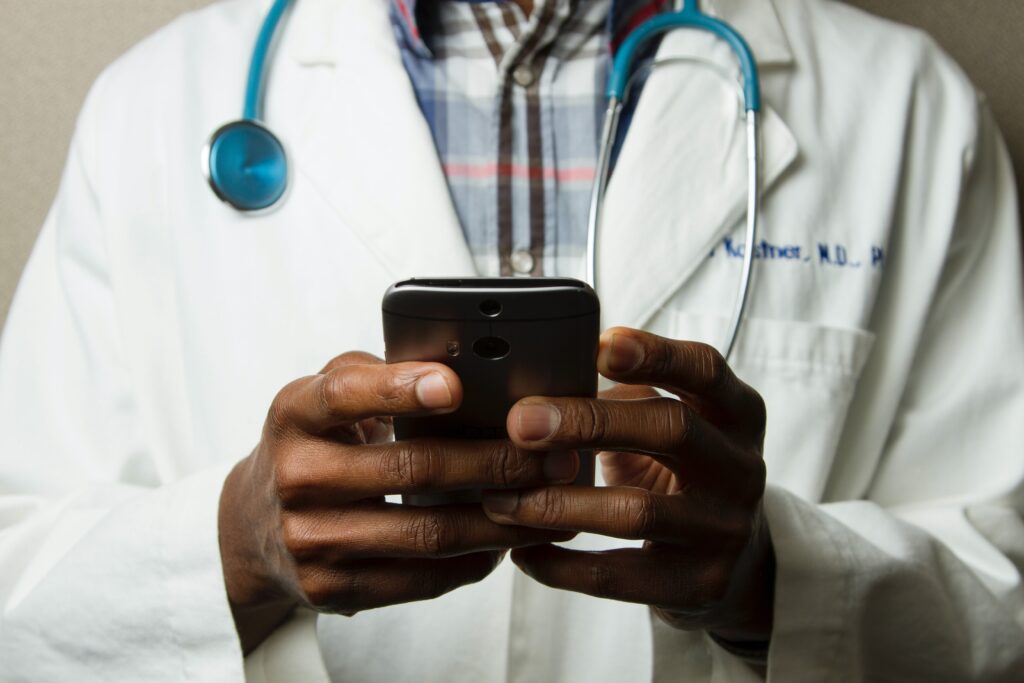Telemedicine solutions becoming the answer to staff burnout

With the initial swell in the use of virtual care, many industry experts – from health plans to big tech and practicing clinicians – are considering whether a doubling down on telehealth is just what the doctor ordered for the future of patient care.
Many clinicians are hungry for new opportunities that allow them to continue to serve patients without dealing with long-standing administrative burdens and the aftermath of burnout from COVID-19 in their hospitals, health systems and doctor’s offices.
With too many clinicians continuing to stress that they’ve lost passion in their careers and considering quitting their jobs altogether, experts say change is needed. The healthcare industry can’t afford to lose these highly skilled clinical workers to other industries.
Dr. Pooja Aysola, a practicing emergency department clinician in Boston said: “The past few years have been incredibly tough for clinicians. Burnout, frustration and fatigue are some of the many challenges facing clinicians today. Recent data shows more than half of clinicians have lost passion for their careers because of stress – and close to half believe burnout is the biggest threat to patient care today.
Working in virtual care was a less-than-traditional career path before the pandemic. But now, many clinicians are considering working in virtual care to help combat burnout and increase flexibility.”
Telemedicine has had a slow then sudden ascendance in our lives. Phone and video appointments during these unpredictable two years provided smart ways to connect — and protect — patients and doctors regardless of physical distance.
This pandemic experiment of health care from home has shown us that it can be effective and safe. The reach of telehealth and its ability to become woven into our overall care is growing.
Besides video and phone calls, we’ve got Fitbits monitoring our steps, Apple watches conducting EKGs, wearables that monitor our sleep cycles, text bots that work with patients via smartphones to lower blood pressure. Telemedicine is emphatically convenient, which means more people are keeping up with preventive and non-acute care.
Telemedici, or virtual care, which was relatively uncommon in this region pre-pandemic, has now been accepted by the masses as routine.
Also known as telehealth, it includes services such as live video, chat and telephone encounters with health-care providers who aren’t in the same physical space as their patients.
Louise Newbury-Smith, country manager of RingCentral for UK and Ireland said: “Telemedicine is allowing healthcare providers across the country to reimagine a tradition of in-home visits and support for care-home residents without travel and limitations. At RingCentral, we have seen the lives of those living in care homes be transformed by innovative new technologies that allow them to be monitored and assessed without requiring in-person visits, or unnecessary travel.
“Not only is this benefiting the residents of care facilities, and keeping them safe, but it is improving the operational efficiency of staff, who can now support more people as they save time on travel, reduce personal safety risks and limit unnecessary visits.”
Telemedicine won’t make the doctor’s office obsolete, but it does offer a new realm of possibilities in which better care can be provided more efficiently, conveniently and equitably.




